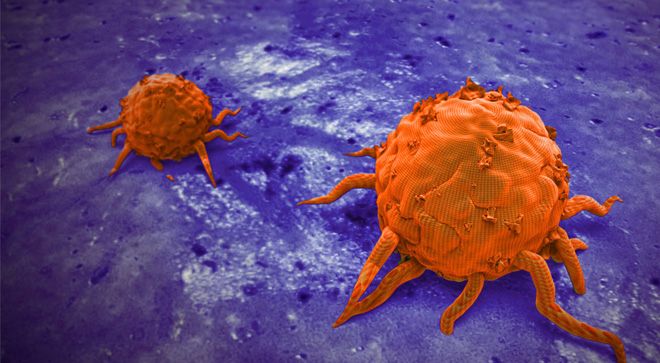News
Article
Aphexda Plus Filgrastim Boosts Stem Cell Mobilization in Patients With Myeloma
Author(s):
The recent FDA approval of Aphexda combined with filgrastim improved the collection of stem cells in patients with multiple myeloma.

Stem cell transplantation is an important treatment method for patients with multiple myeloma, and the recent Food and Drug Administration approval of Aphexda (motixafortide) plus Filgrastim (G-CSF) is improving the stem cell collection process that occurs before the procedure, an expert said.
Aphexda is a drug that, “in combination with filgrastim, enables mobilization of hematopoietic stem cells to the peripheral blood for collection and subsequent autologous stem cell transplantation in patients with multiple myeloma,” according to BioLineRx in a recent news release.
“There was no doubt that when the two drugs were given together, the key important findings is that they were able to collect more stem cells in a shorter period of time than had we just use the (filgrastim). It's important to patients if they're going to go through a transplant to collect enough cells so that they can do a transplant. Typically we actually try to collect enough for two transplants in case we may do a second one either immediately or later,” Dr. Joseph Mikhael, Professor, Applied Cancer Research and Drug Discovery, Translational Genomics Research Institute (TGen), City of Hope Cancer Center Chief Medical Officer, International Myeloma Foundation Consultant Hematologist and Director, Myeloma Research, Phase 1 Program, HonorHealth Research Institute and Adjunct Professor, College of Health Solutions, Arizona State University, explained in an interview with CURE®.
These results were found in the phase 3 GENESIS trial that analyzed the benefits of Aphexda in combination with filgrastim versus filgrastim in combination with a placebo in patients with multiple myeloma.
Results from the study showed that patients treated with Aphexda in combination with filgrastim 92.5% achieved the goal of collecting over six million hematopoietic stem cells after two procedures, while the in the placebo group, only 26.2% were able to have six million or more cells. After one procedure, 88.8% of patients in the Alphexda group reached that stem cell goal, versus 9.5% in the placebo group.
“These drugs are used in the process of autologous stem cell transplant after a patient has already had their induction treatment. Meaning we give various drugs to patients when they're first diagnosed to bring their disease levels down, we want to remove out of the system as much as possible those myeloma cells that live in the bone marrow, so it actually is very important that patients are treated. We like to see at least a certain improvement in depth of response, which we know is going to make it easier to free up those stem cells out of the bone marrow. They're less surrounded by these myeloma cells,” Mikhael said. “We don't typically just do this right off the start; we do this after a patient has undergone their induction regimen and they're preparing for their stem cell transplant. So that process is: give an induction regimen as we call it to induce a form of remission. Then we mobilize the stem cells from the patient and collect them, and then thereafter, we give them the chemotherapy and give them their stem cells back.”
Small side effects have been notified for the regimen, but overall, it tends to show signs of being a well-tolerated agent.
“The most common things are because the drug is given into the skin, people can get a skin reaction. There can be some discomfort, some swelling, some redness, some itchiness in the area. There are also some patients that can experience some diarrhea,” stated Mikhael.
When it comes to stem cell mobilization, patients should always speak up to their health care team and establish a solid understanding of their disease and its treatments, according to Mikhael.
“I think it's always important for patients to be informed — knowledge is power. When they're informed of which agents their transplant center uses, what are the expected timelines, where the expected side effects they should be looking for are? Patients do also experience a little bit of pain in their bones as those stem cells come out. And sometimes that has been mistaken for someone having a heart attack when they just have pain in the bone of their sternum. Having that ongoing discussion with their health care team is really important for patients,” explained Mikhael.
For more news on cancer updates, research and education, don’t forget to subscribe to CURE®’s newsletters here.



